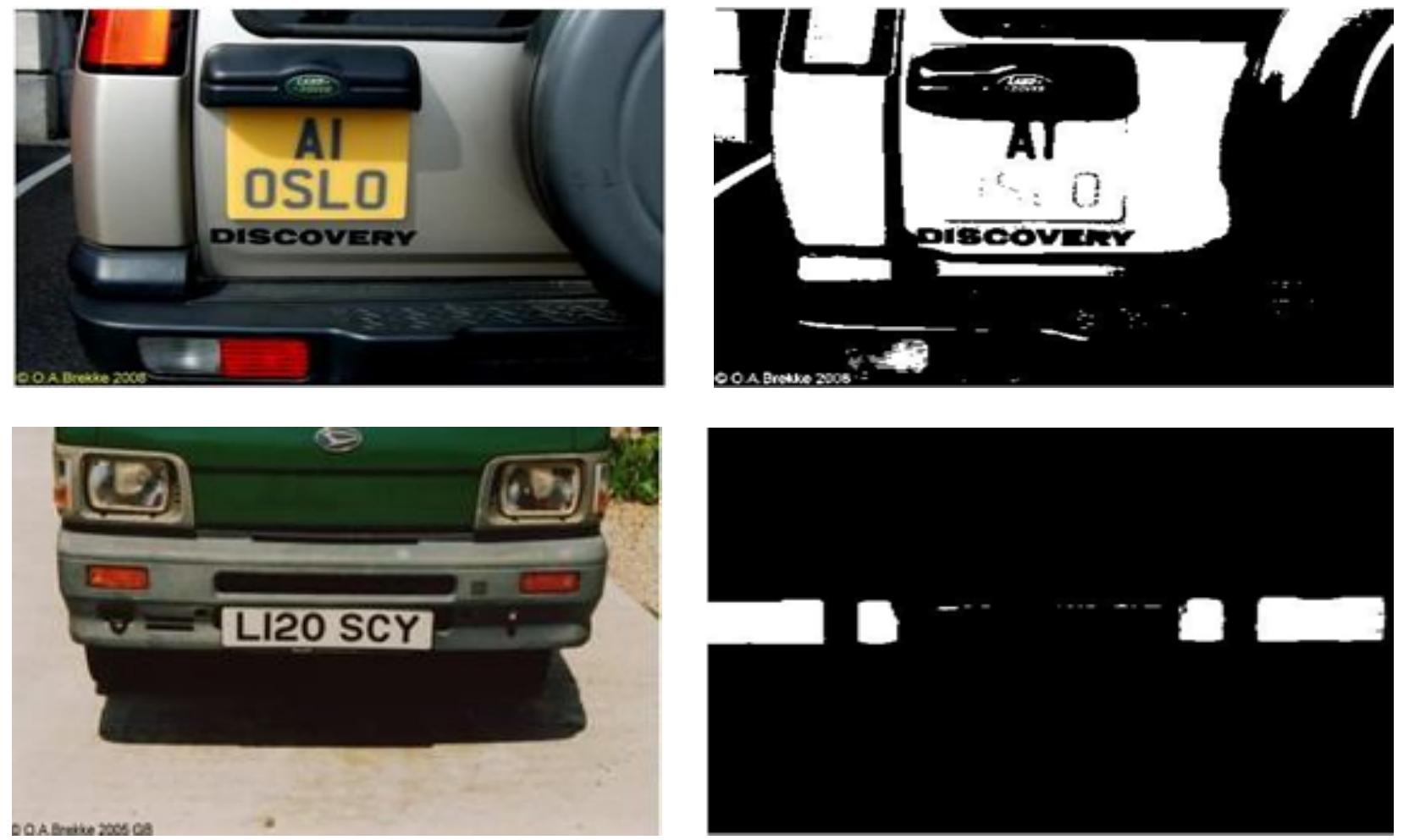Key research themes
1. How can graph-based methods enhance structural pattern recognition through improved matching and learning?
This research area focuses on the use of graph representations for structural pattern recognition, leveraging graph matching and embedding to capture complex relational information in patterns beyond feature vectors. Graph matching algorithms, including exact, inexact, and graph edit distance methods, play a key role in classification and learning tasks by enabling the comparison of structural objects. Recent advances address computational challenges and integration of graph methods with statistical learning, aiming to balance representational richness with tractability.
2. What are the efficacies and methodological innovations of template matching and statistical learning models for handwritten and gesture pattern recognition?
This theme examines the effectiveness of template matching techniques and statistical models such as Hidden Markov Models (HMMs) in recognizing time-varying and spatially variant patterns including handwritten characters and gesture sequences. Research centers on creating adaptable, user-specific, and computationally efficient models that address the challenges of variability inherent in handwriting and human motion, supported by advances in feature extraction, model structuring, and sequence segmentation.
3. How can nonparametric and kernel-based statistical approaches improve pattern recognition accuracy and modality fusion?
This research area explores advancements in nonparametric methods such as compact pattern synthesis and kernel-based fusion techniques to enhance the accuracy, robustness, and adaptability of pattern recognition systems. It spans density estimation improvements for high-dimensional data, statistical learning integration across multiple sensing modalities, and techniques that yield interpretable, efficient recognition in complex scenarios.

















